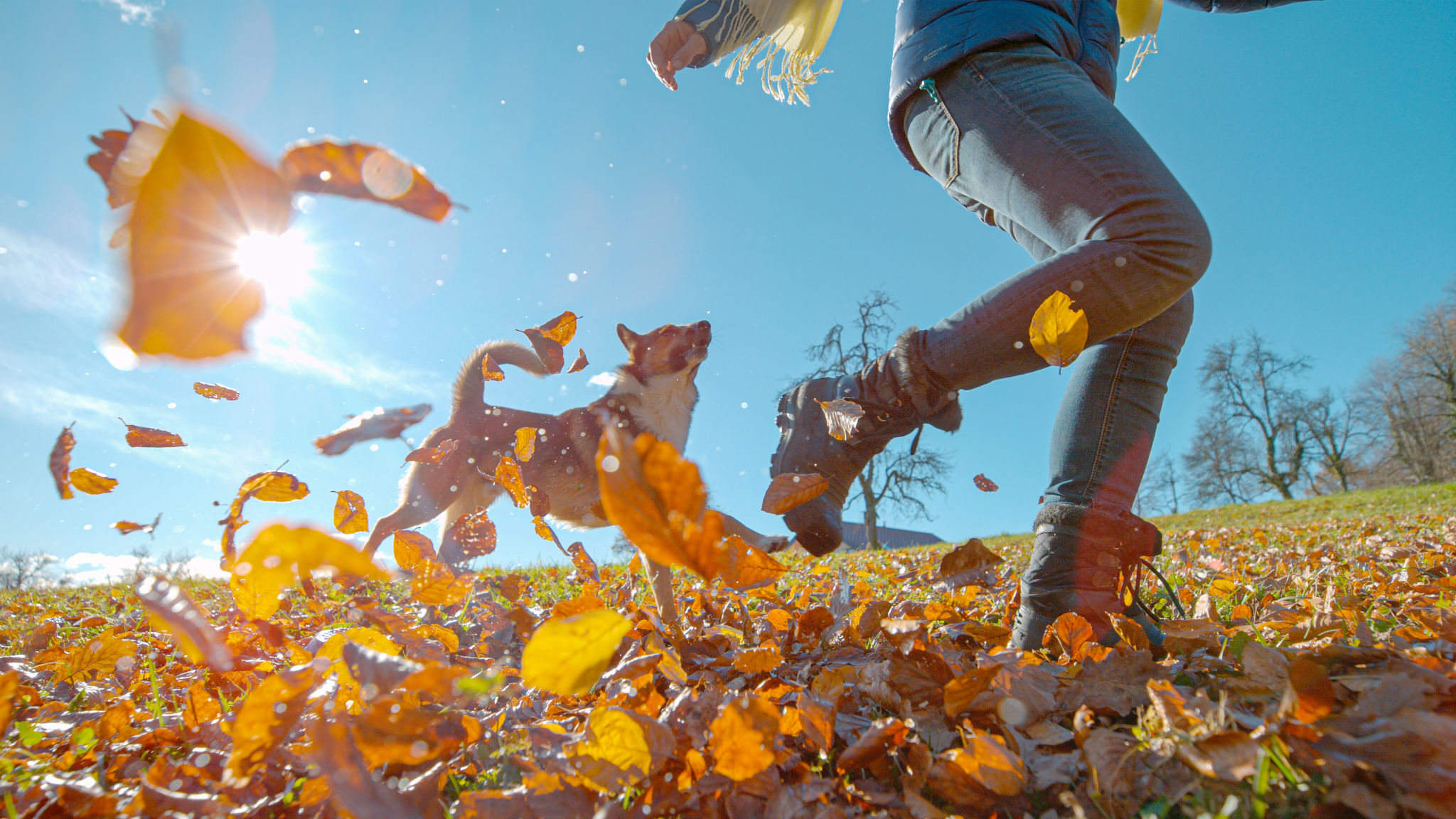Preparing Your Dog for Seasonal Changes: A Walker's Guide
Understanding Seasonal Changes
As the seasons shift, they bring about changes not only for humans but also for our canine companions. These changes can affect your dog's mood, behavior, and physical needs. Understanding how each season impacts your dog is crucial to ensuring they remain happy and healthy year-round.
Each season presents its own set of challenges and delights for dogs. While spring may bring allergies, summer can pose risks of overheating. Autumn introduces cooler temperatures and potentially slippery leaves, and winter demands special attention to cold and snow. Being prepared for these shifts will make your walks more enjoyable for both you and your pet.

Spring: Allergies and New Life
Spring is a time of renewal, but it can also be a season of sneezing and itching for dogs prone to allergies. As plants bloom, pollen counts rise, which might affect your dog. Keep an eye on your dog's scratching or sneezing, and consult with your vet if you suspect allergies.
During this season, it's essential to check your dog for ticks after walks, as these pests are more active in the warmer months. Regular grooming and a good flea and tick prevention routine will help keep your dog comfortable and healthy.
Spring Walking Tips
- Plan walks during cooler parts of the day to avoid peak pollen times.
- Use anti-allergy wipes to clean your dog's paws and coat after walks.
- Introduce new activities like agility training to keep your dog engaged.

Summer: Heat and Hydration
Summer brings warmth and longer days, perfect for extended playtime outdoors. However, the heat can also pose a risk for overheating. Make sure your dog always has access to fresh water and shade during walks.
Avoid walking your dog during the hottest parts of the day. Early morning or late evening are ideal times for walks to prevent heatstroke. Consider investing in a cooling vest or pad to help regulate your dog's temperature.
Summer Walking Tips
- Test the pavement with your hand; if it's too hot for you, it's too hot for your dog's paws.
- Carry a portable water bottle and bowl for hydration breaks.
- Watch for signs of overheating, such as excessive panting or drooling.

Autumn: Crisp Air and Falling Leaves
Autumn is a beautiful time for walks, with cooler temperatures and vibrant foliage. However, fallen leaves can hide hazards like sharp objects or even pests. Keep your dog on a leash to prevent them from darting into piles of leaves where they might encounter hidden dangers.
As the days get shorter, make sure you're visible on early morning or late evening walks. Reflective collars or vests for both you and your dog can enhance safety during these times.
Autumn Walking Tips
- Keep an eye out for mushrooms, as some can be toxic to dogs if ingested.
- Maintain a regular grooming schedule to manage shedding as your dog adjusts to cooler weather.
- Incorporate new routes or trails to keep walks interesting.

Winter: Snow and Cold
Winter walks can be delightful, but they require extra preparation. Dogs with shorter coats may need a jacket for warmth. Be mindful of ice and salt on sidewalks, which can irritate or injure your dog's paws.
After a walk, clean your dog's paws to remove any salt or chemicals. If your area experiences heavy snowfall, consider booties to protect your dog's feet from the cold and ice.
Winter Walking Tips
- Limit time outside in extreme cold, especially for smaller or short-haired breeds.
- Watch for signs of frostbite or hypothermia, such as shivering or lethargy.
- Keep walks fun with fetch or other games suitable for snowy environments.
By preparing for each season's unique challenges, you can ensure that walks remain a joyful and safe experience for both you and your dog throughout the year. Stay attentive to your dog's needs, and you'll both enjoy every seasonal adventure together.